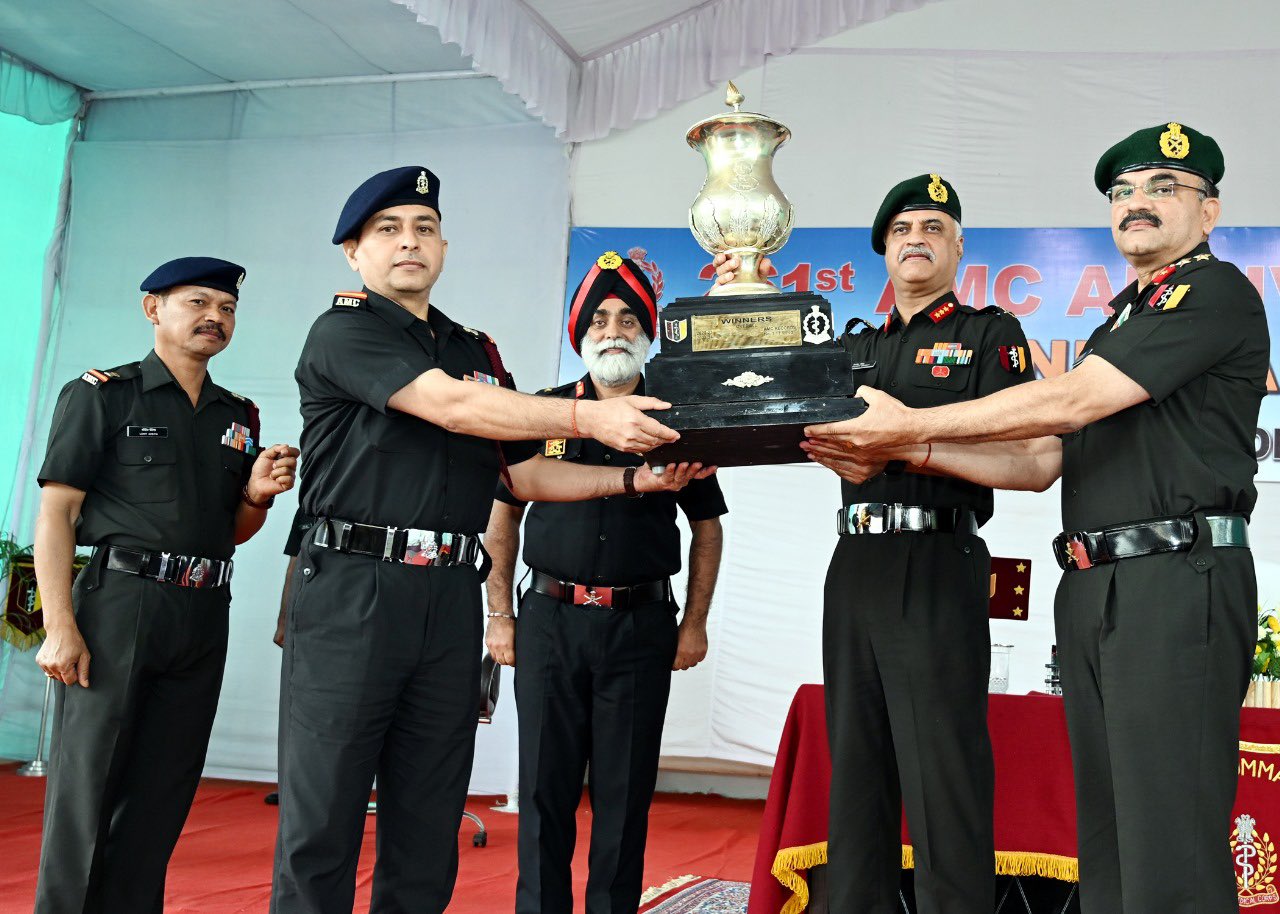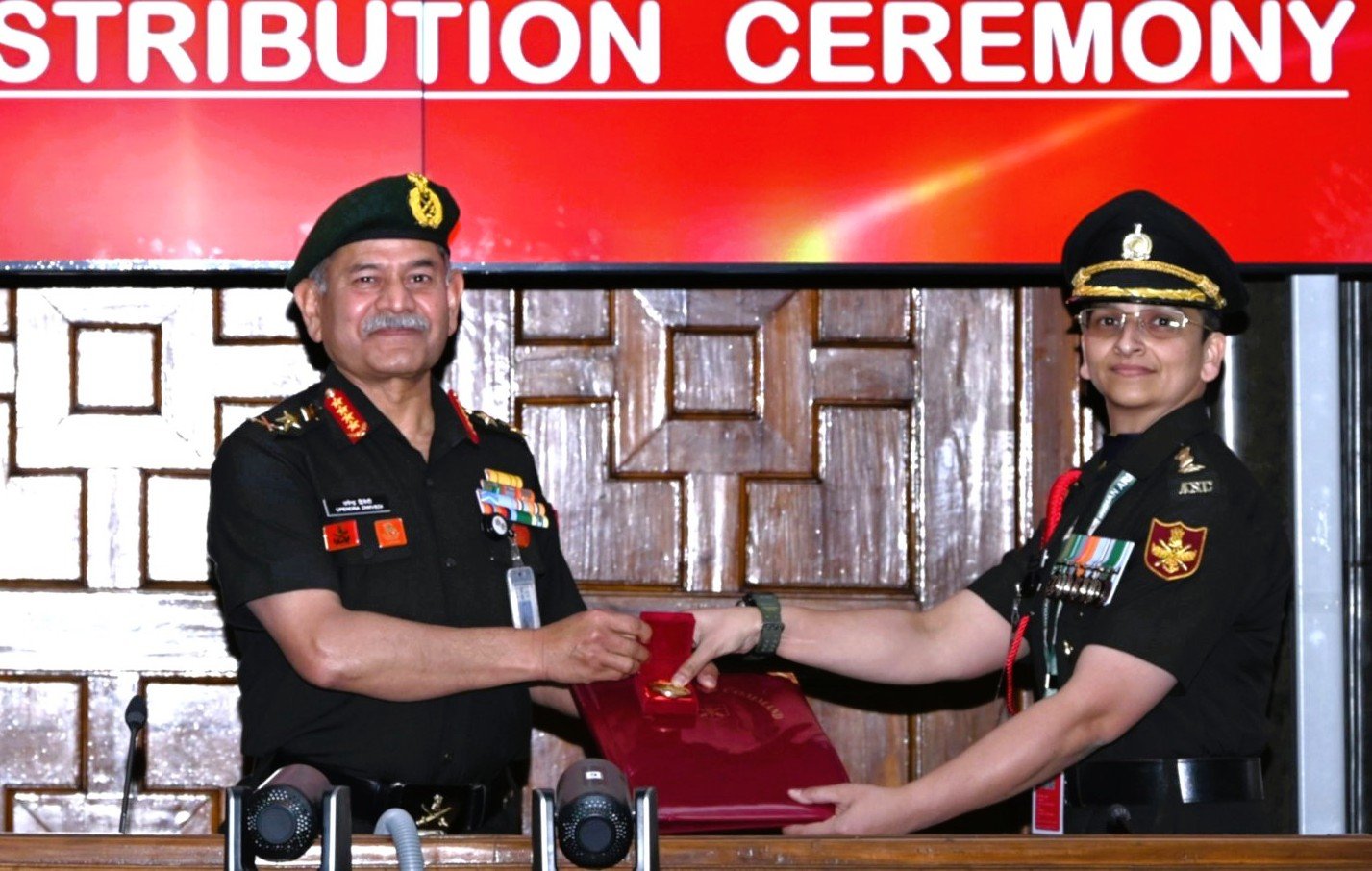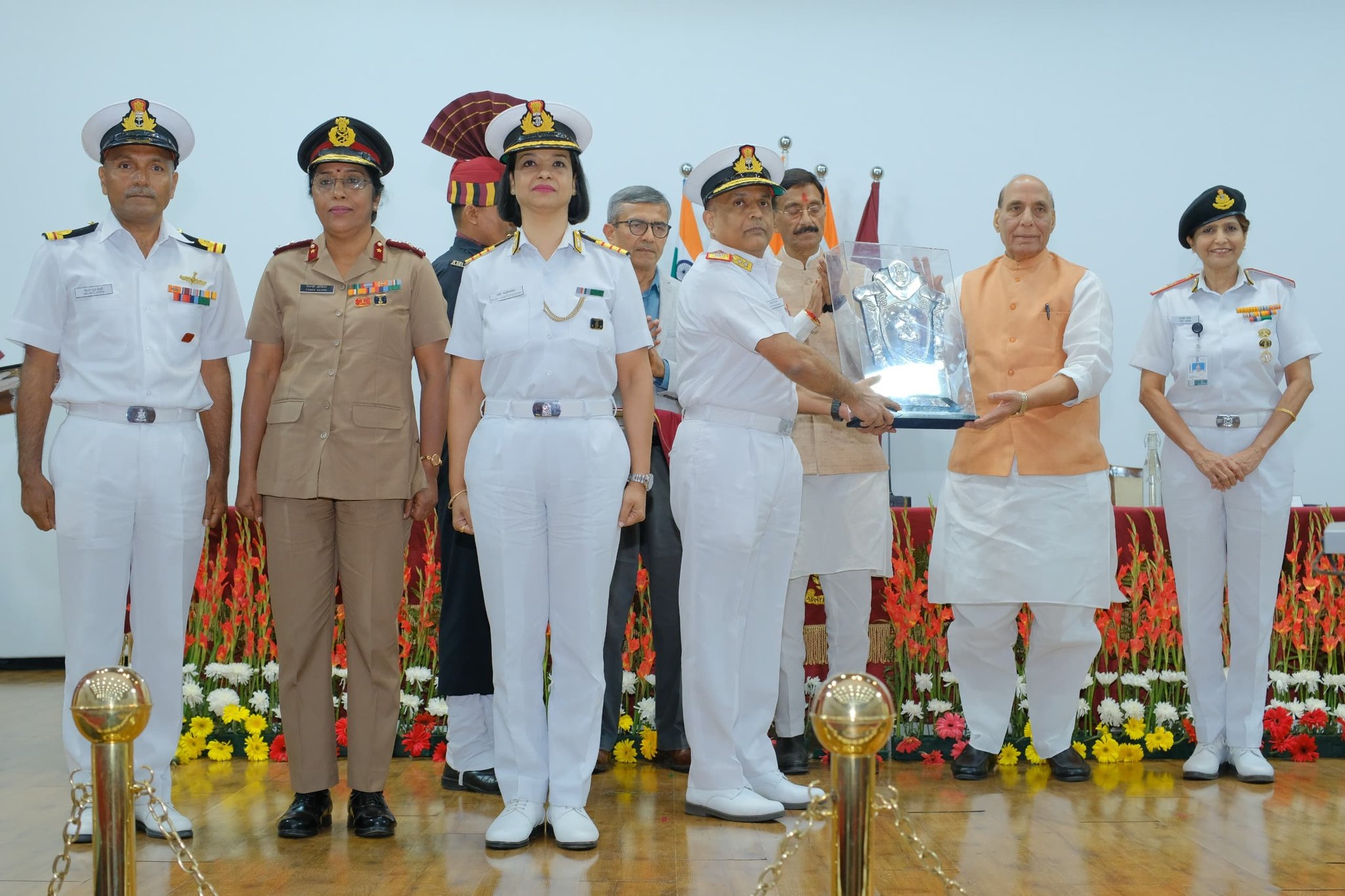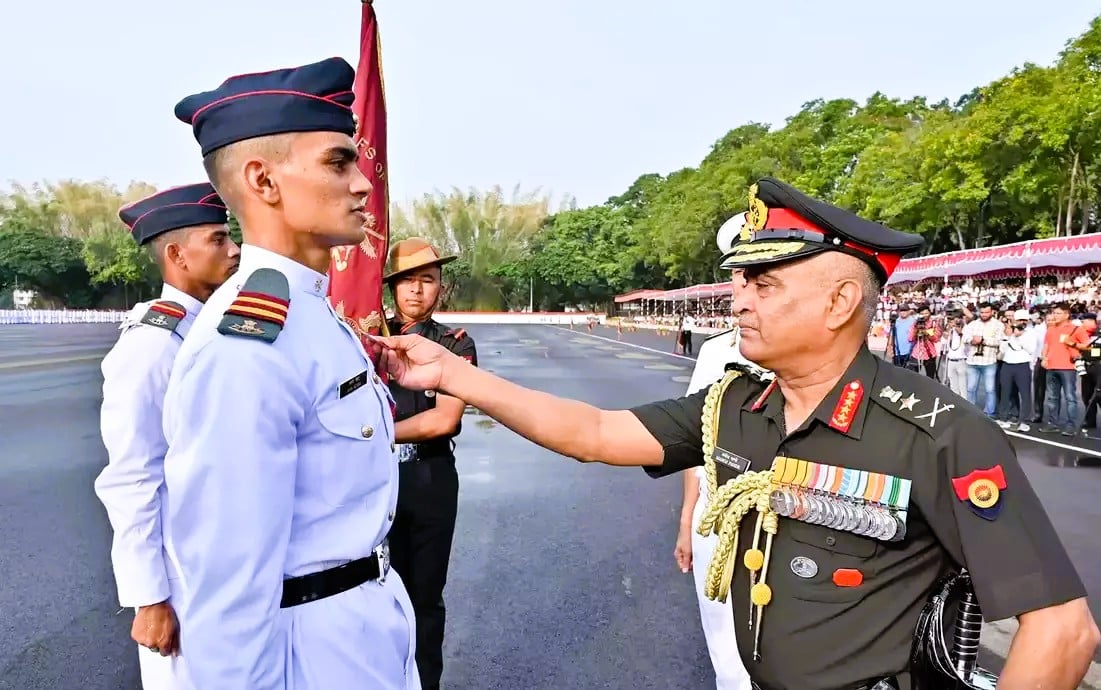A high-ranking official from the United Aircraft Corporation (UAC), Russia’s state-owned aircraft manufacturer, recently shared insights regarding the integration of sixth-generation technology into Russia’s fifth-generation Su-57 stealth aircraft. During an appearance on the ‘Military Acceptance’ broadcast, UAC Director General Vadim Badekha emphasized that the development of the Su-57 was approached with a long-term modernization strategy, envisioning advancements over the next 50 years.
Badekha elaborated on this vision, indicating that the design of the Su-57 included provisions for future modifications based on evolving customer requirements and technological advancements. He noted that “we are already introducing sixth-generation elements into this aircraft,” although specifics regarding these technologies were not disclosed.
In response to inquiries about potential sixth-generation features integrated into the Su-57, Air Marshal Anil Khosla (retd) provided insights to the EurAsian Times, suggesting that if such features exist, they may consist of modular capabilities or technology laying the groundwork for future upgrades. He speculated on several possible enhancements, including multi-spectral stealth capabilities, advanced combat networking, the integration of hypersonic missiles, directed energy weapons, sophisticated sensor suites, and enhanced cyber-security.
Amid these advancements, Russia is also pursuing the development of a dedicated sixth-generation fighter jet, with aspirations for deployment by 2050. As noted by Evgeny Fedosov, Scientific Director of the State Research Institute of Aviation Systems, discussions and conceptual planning for a sixth-generation aircraft are actively underway, signaling a focus on enhancing aerial combat performance and airspace dominance.
Globally, several sixth-generation aircraft programs are in varying stages of development, including the U.S. Next-Generation Air Dominance (NGAD), the Global Combat Air Program led by Italy, the UK, and Japan, the Future Combat Air System (FCAS) involving France, Germany, and Spain, and China’s Baidi initiative. Notably, Russia has yet to publicly reveal its vision for a manned sixth-generation aircraft, making Badekha’s assertions particularly compelling within the context of ongoing worldwide advancements in military aviation.
However, the scope of such claims has faced scrutiny, particularly from Western analysts questioning the legitimacy of the Su-57’s fifth-generation classification. Critics argue that the aircraft exhibits design shortcomings, particularly concerning its stealth characteristics, drawing comparisons to established fifth-generation offerings like the U.S. F-35. Some analysts have even suggested that the Su-57 functions more akin to a sophisticated fourth-generation fighter.
These discussions around sixth-generation technology come at a time when Russia is grappling with challenges pertaining to the Su-57’s marketability. Despite attempts to promote the aircraft internationally, progress has been sluggish, hindered by issues stemming from the prolonged conflict in Ukraine, production obstacles exacerbated by international sanctions, and lingering skepticism regarding the aircraft’s capabilities.
Since its inaugural flight in 2010, only a limited number of Su-57 aircraft—fewer than 40—have entered service, a stark contrast to the hundreds of J-20s produced by China and over 1,000 F-35s by Lockheed Martin. The Su-57’s manufacturing timeline, which did not commence until 2019, alongside limited combat deployment, has further challenged Russia’s efforts to position the aircraft favorably in the global market.
The recent statements from UAC, particularly regarding the potential integration of sixth-generation technology, may be an attempt to bolster the Su-57’s attractiveness to potential buyers amid growing competition from Western and Chinese military aircraft. As evidence of this intent, Russia’s state arms exporter Rosoboronexport recently announced an initial export order for the Su-57, with Algeria speculated as a prospective buyer, although official confirmation remains pending.
Experts have observed a waning interest among traditional Russian military equipment purchasers, who are increasingly exploring alternatives to diversify their arsenals. Russia’s persistent efforts to sell the Su-57, including renewed proposals to India emphasizing advancements in combat capabilities and cost reductions, may signal desperation to expand its export profile.
Amid ongoing global military aviation dynamics, Air Marshal Anil Chopra (retd) emphasized the evolving nature of sixth-generation technologies, noting that any advancements incorporated into the Su-57 would require time to mature and prove their operational effectiveness. As nations navigate shifting paths in aerial warfare, the ultimate impact of Russia’s claims regarding the Su-57’s technological advancement will depend on its ability to convince potential buyers of its viability against a backdrop of competitive offerings from other nations.












